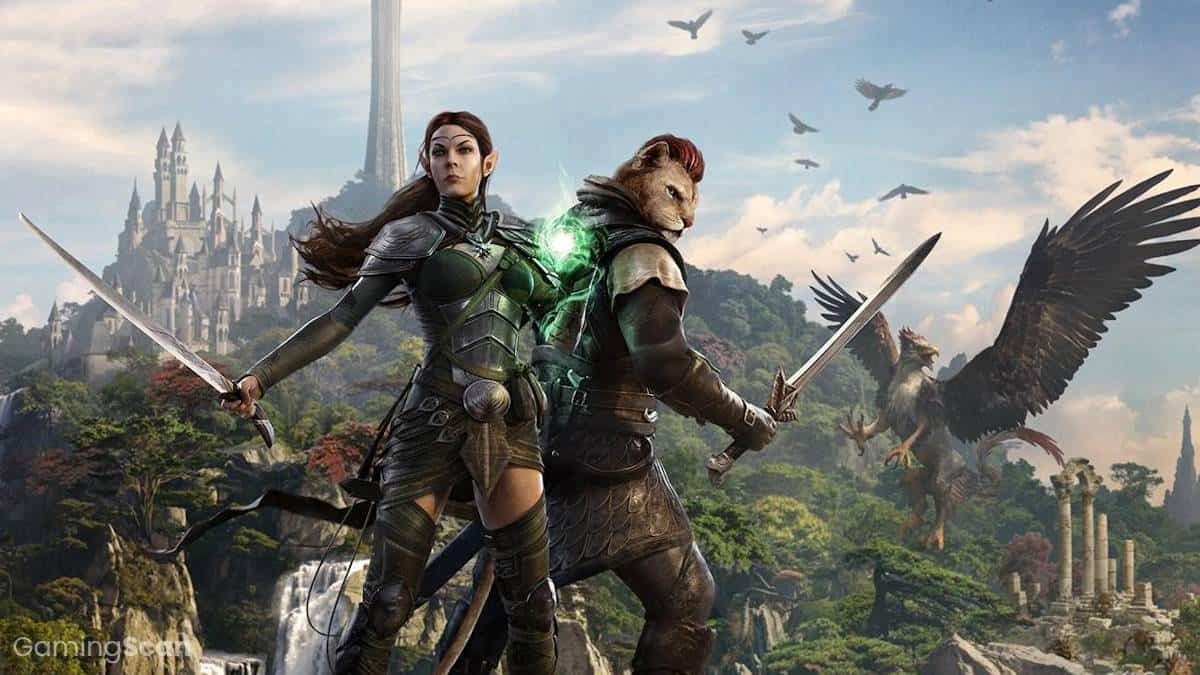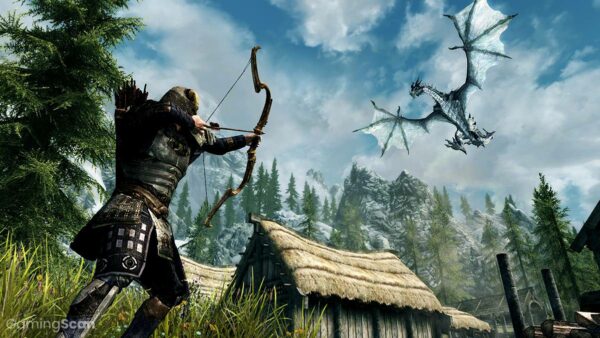The Elder Scrolls series is undoubtedly one of the most popular and influential RPG franchises ever to exist. But of course, these games have changed and evolved immensely over the years, and in this article, we’ll see just how the series went from its humble beginnings in the 90s to the sprawling AAA franchise that we know today.

The Elder Scrolls: Arena
Release date: March 25, 1994
Platform: MS-DOS
The very first Elder Scrolls game almost didn’t include “The Elder Scrolls” in the title. Arena was originally envisioned as a sort of gladiatorial combat game, as implied by the name. However, along the way, the developers decided to take the project in another direction, focusing less on closed combat scenarios and more on quests taking place in an open world. And so, the first full-blooded Elder Scrolls RPG was born!
Arena’s world covers a total of six million square kilometers, encompassing the entirety of Tamriel and greatly outclassing any of the Elder Scrolls games that would follow. However, these were not the hand-crafted worlds of Morrowind, Oblivion, or Skyrim. Rather, most of Tamriel’s wilderness was procedurally generated, thus making it completely generic and not very interesting to explore. Not only that, but the use of fast travel was also a must due to the massive distances between towns.
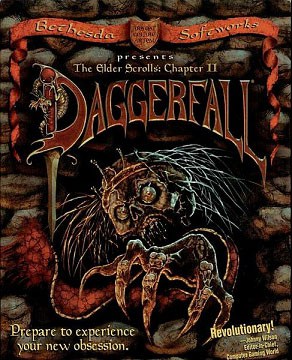
The Elder Scrolls II: Daggerfall
Release date: September 20, 1996
Platform: MS-DOS
When it came out two years after Arena, Daggerfall did a lot to innovate and enhance the foundation that the prior game had set. This time around, the map was limited only to High Rock and a portion of Hammerfell, and it was about 160.000 square kilometers in size – much smaller than Arena’s world but still leagues beyond what the future games would offer.
Despite the smaller map size, Daggerfall’s world was more detail-heavy. Generally, it felt more alive than what was previously seen in Arena – the player could own property, join guilds, create custom spells, become a vampire or a werebeast, and more. All of this added to making the game deeper and more immersive than its predecessor ever was.

An Elder Scrolls Legend: Battlespire
Release date: November 30, 1997
Platform: MS-DOS
Platforms: MS-DOS
As hinted by the deviation from the naming scheme, Battlespire takes a different approach than the first two games. It leaves Tamriel behind and takes place entirely within the titular Battlespire, a Battlemage training fortress located in the Daedric realm of Oblivion.
Naturally, it featured closed levels, no open world, and excluded merchants and currency from the game mechanics entirely. Battlespire was also the first time that an Elder Scrolls game had a multiplayer mode, although it would remain one of the least striking entries in the franchise.
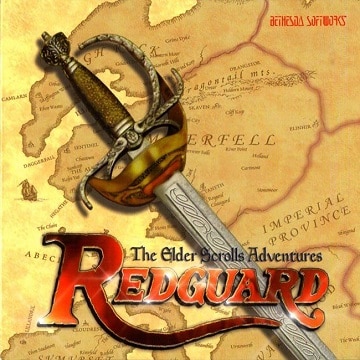
The Elder Scrolls Adventures: Redguard
Release date: October 31, 1998
Platform: MS-DOS
Another non-conventional spinoff Elder Scrolls game, Redguard is essentially just a pirate-themed action game that takes place in the Elder Scrolls universe. It puts the player in the shoes of a pre-made and non-customizable Redguard character named Cyrus, and the story takes place solely on the island of Stross M’Kai, which is located off the shore of Hammerfell.
The Prince of Persia influence is quite obvious, and while Redguard was a solid game in its own right and was fairly well-received at the time of release, it, along with Battlespire, remains one of the more forgettable Elder Scrolls games.
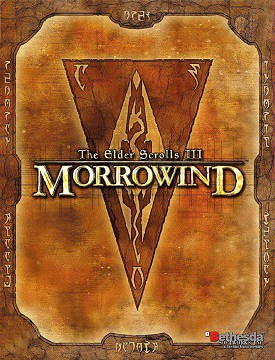
The Elder Scrolls III: Morrowind
Release date: May 1, 2002
Platforms: Xbox, Microsoft Windows
One of the most beloved games in the franchise, Morrowind went back to the series’ roots and delivered one of the best open-world RPG experiences ever created. Set in the namesake province of Morrowind, the game only encompassed a small portion of the said province (about 24 square kilometers). Still, because of its unique look and due to there being no procedural generation involved, Morrowind easily delivers an amusing and immersive world that feels much bigger than it really is.
It expanded upon the foundation set by Daggerfall, streamlining the gameplay experience. However, it did scrap some of the previous game’s features that could not fit appropriately into Morrowind’s revised mechanics and the fully three-dimensional world.
Apart from its memorable and enchanting world, Morrowind is also known for having one of the best main questlines out of all the Elder Scrolls titles. Ultimately, the game’s only glaring flaw was that it still retained the dice-based combat system from the previous games, one that could get incredibly boring and monotonous, incredibly quickly.
Additionally, Morrowind received two expansion packs: Tribunal and Bloodmoon. The former added a new area – the city of Mournhold – as well as new quests but left the game’s mechanics mostly unchanged. The latter expansion also added werewolves, in addition to introducing the new and expansive isle of Solstheim that came with a breadth of quests of its own.
And finally, seeing as it was released both for Windows and the original Xbox, Morrowind was the first Elder Scrolls game to be available on a console.
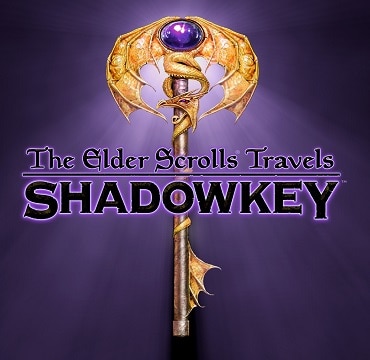
The Elder Scrolls Travels (Stormhold, Dawnstar, Shadowkey)
Release date: August 1, 2003; August 26, 2004; November 11, 2004
Platforms: J2ME, BREW, N-Gage
A brief handheld detour, The Elder Scrolls Travels, is actually a series of three games: Stormhold, Dawnstar, and Shadowkey. The first two were released for J2ME and BREW devices, while Shadowkey was released for Nokia’s N-Gage handheld console.
None of the games were particularly well-received, as is to be expected considering the extremely limited hardware capabilities of handheld devices of the time.
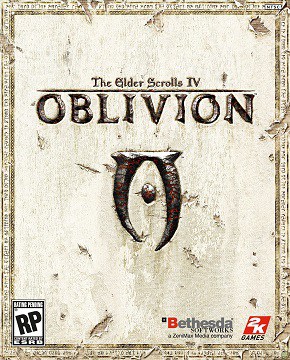
The Elder Scrolls IV: Oblivion
Release date: March 20, 2006
Platforms: PlayStation 3, Xbox 360, Microsoft Windows
The fourth main Elder Scrolls game took several steps forward and several steps back that most fans can agree on. Set in the Imperial province of Cyrodiil, Oblivion offered beautiful graphics that truly did this idyllic heartland province justice and pushed the 2006 computer and console hardware to its limits.
Oblivion was the first fully-voiced Elder Scrolls game, and it did a lot to streamline the game mechanics to make them more accessible to a wider audience. Most notably, RNG was removed from the combat system almost entirely.
And while it definitely had a vibrant world and plenty of interesting side quests, there’s no denying that Oblivion had some major shortcomings. The world could feel bland and generic at times (especially the dungeons), the facial animations were uncanny valley made flesh, there were too many characters and too few voice actors, and all of this eventually piled up after hours of play.
Of course, Oblivion is not a bad game – far from it. It was very well-received among fans and critics alike, and it received two significant expansions: Knights of the Nine and The Shivering Isles. The former was a prime example of DLC in the making, as all it added was some new gear, a couple of quests, and a few smaller areas. The latter, however, introduced an extremely memorable new area and a plethora of new quests, items, enemies, and more.
Oblivion was initially released on Windows and the Xbox 360, and it played no small part in the success of Microsoft’s second console. It was subsequently ported to the PlayStation 3 a year later.

The Elder Scrolls V: Skyrim
Release date: November 11, 2011
Platforms: PlayStation 3, PlayStation 4, Xbox 360, Xbox One, Nintendo Switch, Microsoft Windows
At over 30 million copies sold, Skyrim is not only the best-selling Elder Scrolls game but also the 12th best-selling game of all time. Like Oblivion, Skyrim made many changes to the core gameplay mechanics to adapt it to the growing mainstream audience better. However, some of those changes were not looked favorably upon by long-term fans.
For one, Skyrim scrapped the traditional RPG leveling mechanics in favor of a simpler perk-based leveling system, making the game closer to an action game with RPG elements than a traditional RPG. However, this change is easy to forgive once you consider just how well-designed the world is and just how much content there is to go through.
Skyrim received a total of three DLCs:
- Dawnguard, which brings vampires to Skyrim and adds new locations and quests
- Heartfire, which was a more RP-oriented DLC centered around owning and developing property, and even starting a family
- Dragonborn, which featured the isle of Solstheim (previously explored in Morrowind’s Bloodmoon), introducing numerous new quests, enemies, and memorable environments
All in all, Skyrim was perhaps the best Elder Scrolls game from a mechanics standpoint. Sure, it was a radical escape from traditional RPG mechanics, but the fresh ones were implemented quite well, leading to a combat system more fun and dynamic than that of Oblivion or Morrowind. Skyrim’s biggest flaw, though, is definitely its generally forgettable quests, from the anticlimactic main quest to the guild quests, which mostly feel banal and inconsequential.
And finally, there is the universal running joke with Skyrim because of how many times it was re-released for different platforms. First, there was the original release for Windows and the 7th generation consoles, followed by a Legendary Edition, which was the base game with all three DLCs. Then came the Special Edition for Windows and the 8th generation consoles in 2016, followed by a Switch and PSVR release in 2017, and lastly, Skyrim VR was released in 2018 for Windows.

The Elder Scrolls Online
Release date: April 4, 2014
Platforms: PlayStation 4, Xbox One, Microsoft Windows, OS X
Being absolutely unable to resist jumping on the MMO bandwagon a few years too late, Bethesda released The Elder Scrolls Online in 2014 for Windows and OS X, subsequently porting it to the PS4 and the Xbox One a little over a year later.
TES Online included the greatest number of different provinces since Arena, allowing players to explore the majority of Cyrodiil, the entirety of Summerset Isles, Valenwood, and High Rock, as well as portions of Skyrim, Hammerfell, Morrowind, and Black Marsh. Of course, not all of these areas were immediately available in the base game but were introduced over time through numerous DLCs and two major expansions.
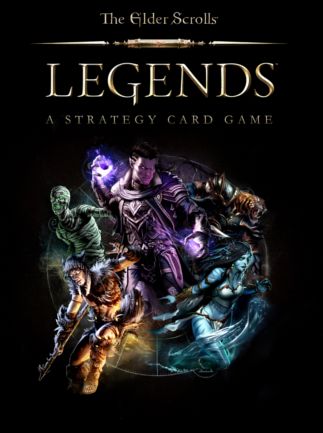
The Elder Scrolls: Legends
Release date: March 9, 2017
Platforms: PlayStation 4, Xbox One, Nintendo Switch, Microsoft Windows, macOS, iOS, Android
While Bethesda missed the “Golden Era” of MMOs, they sure hadn’t been twiddling their thumbs when it came to another profitable trend: collectible card games. Legends was released in 2017 for every system it could be released on, and it is a collectible card game inspired by Magic the Gathering, like Hearthstone and other similar games that exploded in popularity recently.

The Elder Scrolls: Blades
Release date: March 27, 2019
Platforms: iOS, Android
Released in early 2019, Blades is a mobile action RPG developed for iOS and Android. It is a slightly different take on the TES experience i.e. it is more linear, as opposed to the openness that the major games in this franchise are known for. This, of course, is mainly due to the limitations of mobile hardware. Blades features both roguelike dungeon exploration and PvP arena combat, all the while also boasting an upgradeable town hub where NPC interaction takes place.
Though it is a decent game in its own right, a lack of innovation, gameplay limitations, and too many microtransactions all make Blades feel like an unremarkable lukewarm mobile TES experience.
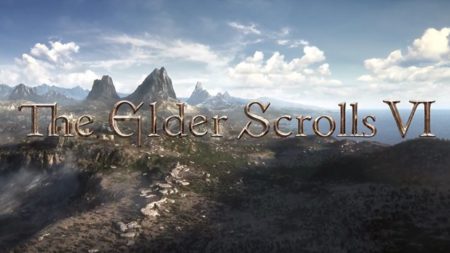
The Elder Scrolls VI
Release date: TBA
Platforms: TBA
Teased at E3 2018, The Elder Scrolls VI is the next big installment in the Elder Scrolls franchise. Not much was revealed about the upcoming game other than that it will be released after Bethesda’s new upcoming IP, Starfield. As such, the fans are left guessing as to which province the game will be set in, the most popular guesses being either High Rock or Hammerfell.
Conclusion
That would be all the Elder Scrolls games released so far. If we’ve overlooked one or made any errors, let us know in the comments and we’ll update the list as soon as we’re able.
